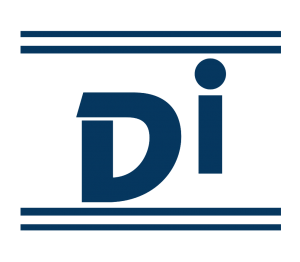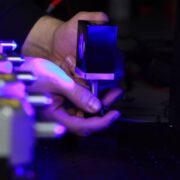Comparing laser engraving machines: CO2 lasers Vs Fiber lasers
Laser engraving is a process that facilitates the vaporization of materials into fumes in order to engrave deep and permanent marks. The laser beam here acts like a chisel, engraving marks through the removal of layers from the surface of the material. For laser engraving, the laser hits certain localized areas for massive energy levels for engraving metal pieces that will be ultimately exposed to a number of surface or wear treatments. Metal engraving with aluminium and steel inclusive of both die-casting and anodized aluminium. The best feature of the process is the ability to engrave two-dimensional codes for high rates of readability even after the treatments that are done post-process.
Fiber lasers
Fiber lasers with fiber laser heads utilize fiber optics as a gain medium. Other common gain mediums are mixtures of dyes, crystals, and gazes.
Fiber lasers utilize laser diodes as a source of energy. The wavelength of the light pumped is often altered due to rare earth elements doped in the gain medium.
Advantages of fiber lasers
Highly adaptable to a number of metals like aluminium
Low or no maintenance required
Longer life cycles
High efficiency
Lesser requirement for heat management
CO2 lasers
C02 lasers with CO2 laser heads are an important part of the category of gas lasers. The source of energy for gas lasers is most commonly electric discharge, similar to the ones utilised for fluorescent lamps. Its main gain medium is a mixture of gases, composed of CO2.
Advantages of CO2 lasers
Highly adapted to breaking organic bonds of carbon-oxygen, which are mainly found in cardboard, paper, wood, ceramics, and plastics.
A highly established technology for welding and cutting metal plates.
Commonly employed in a number of industries such as the food, pharmaceutical and packaging industry.
The future trends in fiber lasers and CO2 lasers
Thanks to the scalability that fiber lasers offer, their efficiency and stability in terms of heat management, fiber laser technology can be increasingly used for a number of applications. Given the technological advancements in fiber lasers and the reduction in the prices of high-power lasers, there has been a notable increment in the CO2 systems that are retrofitted with fiber lasers for a variety of industrial applications, including laser welding and laser cutting in a number of manufacturing facilities. This trend is likely to be consistent for the years to come as well.
Conclusion
In addition to engraving and etching, Dynotech Instruments’ laser technologies can be employed for the purpose of marking identifiers and logos such as serial numbers and barcodes.


